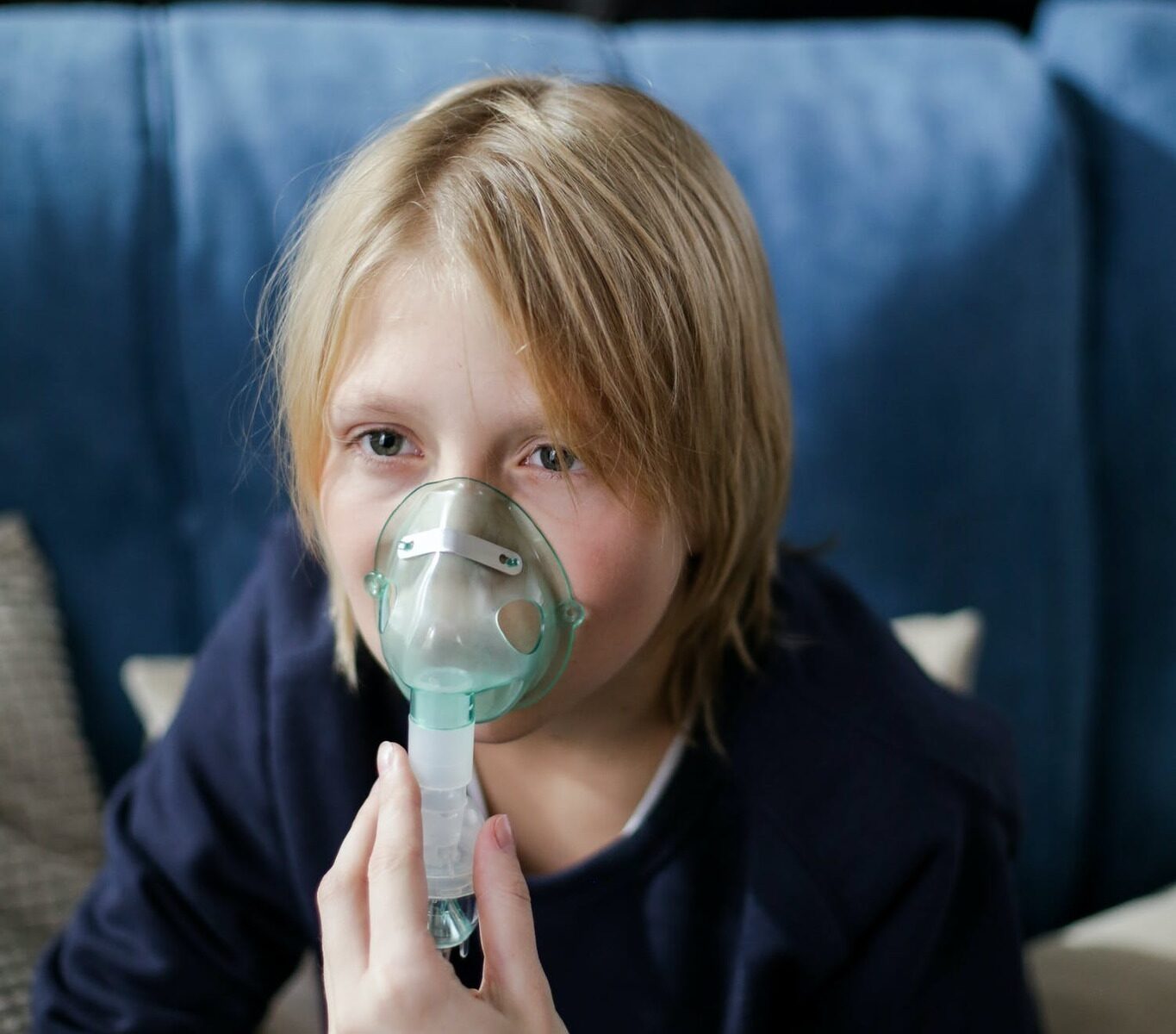Breathing easily is something you probably take for granted. But if you’ve ever struggled to catch your breath…then you have gotten a little insight into what life with asthma is like! Loss of control over your own breathing is definitely very scary and many people with asthma live with that fear every day for many many years.
Asthma has unfortunately become a new “epidemic”, especially in children (in fact, asthma is the most common chronic disease among children1). It is far too common nowadays and many people suffer from it. It is estimated that almost 340 million people suffer from asthma around the world and it kills 1000 people daily2.
Asthma is a chronic (long-term) lung disease. It affects your airways, the tubes that carry air in and out of your lungs. The air passages in the lungs become narrow due to inflammation and tightening of the muscles around the small airways.
Common asthma signs and symptoms include:
– frequent coughing
– a whistling or wheezing sound when breathing out
– shortness of breath
– chest congestion or tightness.
The symptoms are often worse during the night or exercise and can be triggered by a variety of triggers: cold, dust, smoke, fumes, changes in weather, pollen, animal fur, feathers, perfumes etc.
Asthma as a challenge! What can asthma teach us?
Breath! The “breath of life”! In the book of Genesis (Genesis 2:7) God breathed into man’s nostrils the breath of life, and only then the man became a living being. A balance between taking (inspiration) and giving (expiration). There may be an imbalance between taking and giving in asthmatic patients (or taking on too much and a consequent inability to give back sufficiently). Another theme may be a desire to close of and refusal to accept certain things in life, especially the “darker side of life”. Another variation may be a a desire for too much domination and power.
Someone struggling with asthma might want to ask himself/herself the following questions:
– what is it that takes my breath away and why?
– what is my approach to dominance and aggression?
– where is an imbalance between taking and giving in my life?
– which areas/themes in my life do I reject and why?
Every human life is unique and each of us has its own unique individual journey so consider this only as a “rough guide” only and you may need to ask some other questions too depending on your life circumstances, personality, character etc. Knowing where the problem is can be very helpful in our quest for a good enough (or rather precise enough) homeopathic remedy that can trigger healing.
Homeopathy & Asthma
Homeopathy can play a very important role in management of asthma and people with this diagnosis can benefit from homeopathic treatment in many different ways. I have seem many amazing results in homeopathic treatment of asthma. Of course results may vary from case to case and depend from many different things but overall I must say that many people (especially children) benefited from homeopathic treatment tremendously and the results were often more than satisfactory. In some cases only one or very few remedies were sufficient to help the struggling patient, in other cases it was a longer gradual process that required some patience and perseverance on both sides but the final results were well worth of the effort. Giving up too early in chronic conditions is always a mistake!
We have many fascinating homeopathic remedies that can help with the symptoms of asthma. Some of the most important rubrics in our homeopathic repertory that cover the symptoms of asthma are:
RESPIRATION – ASTHMATIC (585 homeopathic remedies);
RESPIRATION – ASTHMATIC – HAY ASTHMA (114 homeopathic remedies);
RESPIRATION – DIFFICULT (898 homeopathic remedies);
RESPIRATION – WHEEZING – WHISTLING (247 homeopathic remedies);
RESPIRATION – RATTLING (261 homeopathic remedies);
CHEST – CONSTRICTION (526 homeopathic remedies);
CHEST – OPPRESSION (600 homeopathic remedies);
COUGH – SUFFOCATIVE (245 homeopathic remedies);
COUGH – ASTHMATIC (152);
… and many more rubrics…
As you can see we have hundreds of homeopathic remedies that can help people suffering from symptoms of asthma. The most commonly used homeopathic remedies in asthma (depending on the specific symptoms and their totality) are:
Aconite, Antimonium tart., Aralia, Arsenicum alb., Bacillinum, Blatta, Calcium carb., Campora, Carbo veg., Causticum, Cocculus, Cuprum, Drosera, Hepar sulph., Ipeca, Kalium bich., Kalium carb., Lachesis, Lufa, Lycopodium, Medorrhinum, Moschus, Natrium suplh., Nux vomica, Passiflora, Phosphorus, Psorinum, Pulsatilla, Sambuca, Silicea, Spongia, Sulphur, Sulph-acid., Thuja, Tuberculinum, Valeriana…and a good few more…
The most effective way of dealing with asthma or any chronic (long lasting or recurring) ailments is constitutional prescribing/constitutional homeopathic treatment. It takes into account not only the patient’s current symptoms of his diagnosis (health problem) but also the patient’s individual way of coping with the disease. A homeopath will select a homeopathic remedy for the patient during a homeopathic interview/consultation. The homeopath will ask many questions about the patient’s medical history and all relevant and related symptoms, but will also ask about the patient’s life style, medical history, appetite, digestion, dreams, relationships and emotional state and many other aspects of one’s life. Homeopaths try to look at the whole picture (all pieces of the mosaic) so they are interested in many various symptoms and details. This helps them to select a precise remedy called – similimum – a deep acting remedy that should help to alleviate the patient’s discomfort and improve his overall health and wellbeing.
References:
- WHO: Asthma – https://www.who.int/news-room/fact-sheets/detail/asthma
- The Global Asthma Report 2018 – http://globalasthmareport.org/
- Ruediger Dahlke – Disease as a symbol.
- Complete Repertory







